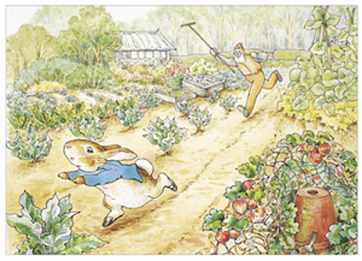|
with Jayne Besjak Courtroom ParticipantsSteps in a Jury Trial We opened class this week with students breaking into small teams for a short jeopardy-like challenge to review the roles and responsibilities of participants in a courtroom trial. Students were given character cards and worked with teammates to select the correct character based on clues I read aloud. By the end of the game, most students had a pretty good grasp of the basic responsibilities of each trial participant. I explained to students that I will be throwing a lot of new terminology at them these first few weeks of class so that everyone can acquire a foundational knowledge of courtroom participants and procedures. Please encourage your student to review the vocabulary and definitions we discuss each week - I will provide handouts in class and the information can also be found in many of these posts. Students are eager to pick out their roles and start the mock trials, which is great! But, our mock trials will run more smoothly and students will enjoy them much more if they put the time in now to learn these important concepts. The excitement and fun of the trials will begin soon, I promise! In addition to learning the roles and responsibilities of the individual trial participants, we also discussed the flow of the trial procedure so that students can understand the order of events and what to expect when they go to trial. Please review the trial procedure handout provided in class, along with the diagram of a typical courtroom layout. McGregor vs Peter Rabbit Oh no! Peter Rabbit has been charged with criminal trespass and robbery! Oh no! Peter Rabbit has been charged with criminal trespass and robbery! We will be using a classic fairy tale as the basis for an example trial which the class will work through together. This will be a great warm-up exercise and practice for the mock trials to come. I have divided students into prosecution and defense teams and read them a synopsis of the incident and charges. Teams are now tasked with developing a theory of the case from the perspective of their side. We also read the entire fairy tale in class, which they are to use as the basis for identifying facts, witnesses, evidence, and an overall strategy for argument. Teams met briefly at the end of class to brainstorm ideas and will meet next week to continue their work to develop the case. Homework
1 Comment
|
Categories
All
Archives
May 2016
|



 RSS Feed
RSS Feed